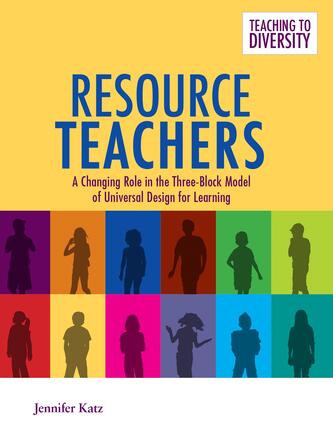
Resource Teachers
A Changing Role in the Three-Block Model of Universal Design for Learning
La description
Jennifer Katz’s first book, Teaching to Diversity, presented the Three-Block Model of Universal Design for Learning (UDL) as a model for inclusive education. In her second book, Resource Teachers, she describes a fundamental shift in the role of resource teachers—collaborating with classroom teachers in inclusive classrooms. Dr. Katz discusses practical and innovative ways resource teachers can partner with classroom teachers—by co-planning, co-teaching, and co-assessing instruction using the Three-Block Model of UDL. The author offers:
• a tiered system of intervention and collaboration that describes a process for resource teachers working alongside classroom teachers to guide programming for students
• case studies and student examples that model a new process for assessing student learning and behaviour, and for developing IEPs and interventions in universally designed, inclusive ways